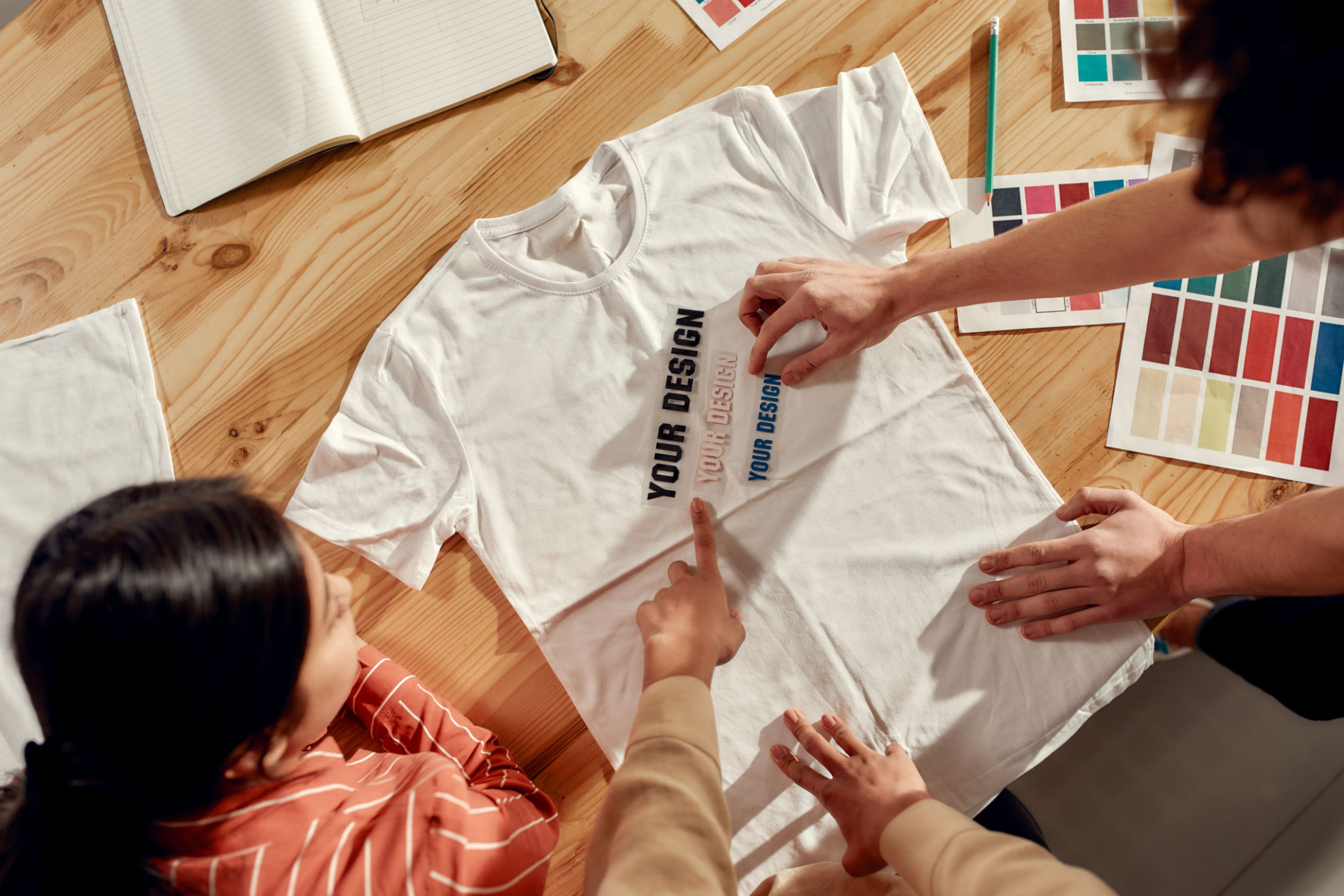Brand Identity & Logo Design: The Role of AI in Creating Unique Visuals
The Intersection of Technology and Creativity
In the ever-evolving landscape of design, the role of technology has become increasingly significant. One of the most exciting advancements in this field is the use of AI in brand identity and logo design. By leveraging AI, designers can create unique, visually compelling logos that not only resonate with audiences but also capture the essence of a brand. This blend of technology and creativity is reshaping how we think about design and branding.

How AI Enhances the Design Process
The incorporation of AI into the design process offers several advantages. Firstly, AI tools can analyze vast amounts of data to identify trends and patterns. This data-driven approach allows designers to make informed decisions, ensuring that the resulting logos are not only aesthetically pleasing but also aligned with market demands.
Additionally, AI can expedite the design process. Traditionally, creating a logo could take weeks or even months. However, with AI, designers can generate multiple concepts in a fraction of the time. This efficiency enables brands to iterate quickly, testing various designs to find the perfect fit for their identity.
Customization and Personalization
AI's ability to process and learn from data means that it can offer a high degree of customization in design. By understanding a brand's unique characteristics and target audience, AI can generate tailored visuals that speak directly to potential customers. This personalized approach ensures that each logo is as unique as the brand it represents.

Moreover, AI tools can continuously learn and adapt, refining designs based on feedback and performance metrics. This adaptability ensures that logos remain relevant and effective over time, evolving alongside the brand itself.
Challenges and Considerations
While AI offers numerous benefits, it also presents challenges. One concern is the potential for homogenization in design. If many brands use similar AI tools, there's a risk that logos could start to look alike. To mitigate this, it's crucial for designers to incorporate human insight and creativity, ensuring that the final product stands out.
Another consideration is the ethical use of AI in design. Designers must be mindful of data privacy and ensure that AI tools are used responsibly. Transparency in how AI-generated designs are created is essential, as it builds trust with clients and consumers.

The Future of AI in Design
As technology continues to advance, the role of AI in brand identity and logo design will likely grow even more prominent. Future innovations could include more intuitive design interfaces and enhanced capabilities for real-time collaboration between AI and human designers.
Ultimately, the key to successful design lies in balancing technology with human creativity. By embracing AI as a tool rather than a replacement for human ingenuity, designers can create logos that are not only unique but also deeply connected to the brands they represent.
